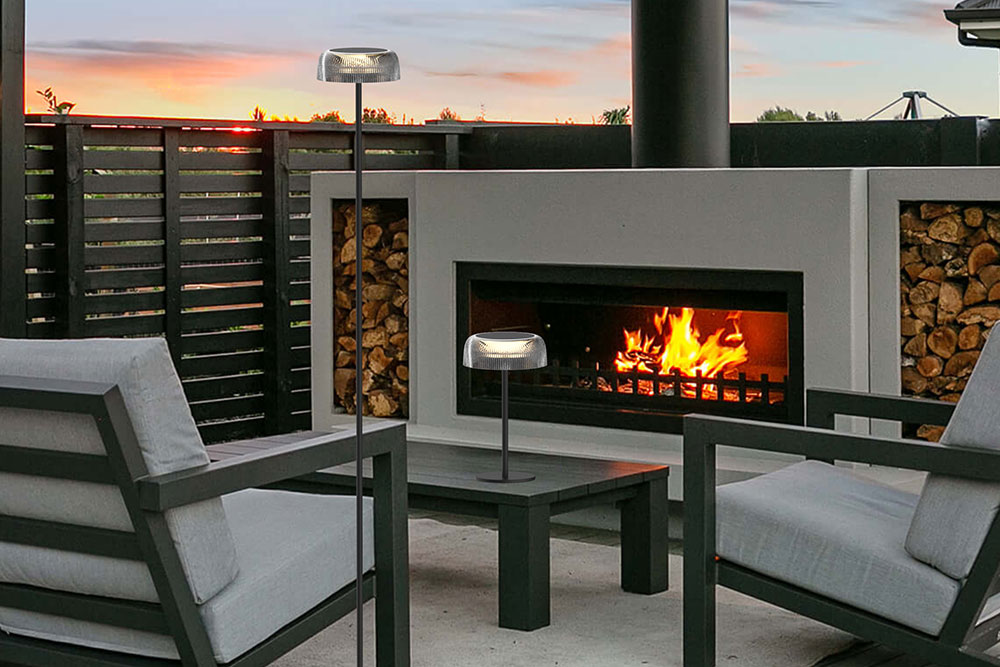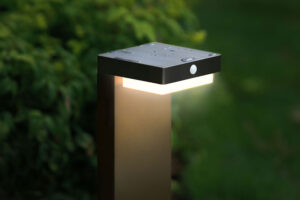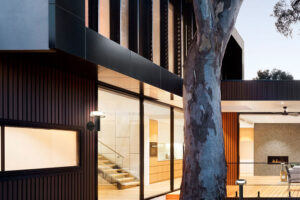
How Solar Energy Works
Solar panels, or photovoltaic (PV) panels, turn sunlight into electricity. When sunlight hits the panels, it creates direct current (DC) electricity. Your home uses alternating current (AC) instead, so an inverter changes DC into AC for your appliances.
Excess electricity can sometimes be stored in a battery or sent back to the grid. Many European countries encourage this by offering incentives for homes that supply extra power.
Types of Solar Power Systems
You have a few main choices for home solar systems:
- Grid-tied systems connect to your local power grid. They are the most common in Europe and let you draw electricity when the sun isn’t shining.
- Off-grid systems run independently, using batteries to store energy for cloudy days or nighttime. These are best if you live far from the main grid.
- Hybrid systems combine solar panels, batteries, and a grid connection for more flexibility and backup power.
Solar Potential Across Europe
Solar energy works in most parts of Europe, some areas are sunnier than others. Countries like Spain, Italy, and Greece get a lot of sun, making solar panels very effective. More northern regions, like Germany and the UK, still benefit but may need more panels to get the same output.
Use the table below to compare average yearly sunlight:
| Country | Average Sunlight Hours/Year |
| Spain | 2,500 |
| Italy | 2,000 |
| Germany | 1,200 |
| UK | 1,100 |
Even in less sunny countries, today’s solar panels are efficient enough to make a real difference in your home’s energy use. Local climate, roof angle, and shading can also affect how much energy your system produces.
Choosing the Right Solar Panels
Monocrystalline vs. Polycrystalline Panels
Monocrystalline panels are usually black and made from single-crystal silicon. They offer higher efficiency (about 19%-21%) and work better in lower light or cloudy conditions, which is helpful in many parts of Europe. They also take up less space for the same output, so they’re good if you have a smaller roof.
Polycrystalline panels are blue and made from melted fragments of silicon. They are often cheaper to buy but less efficient, usually between 16%-18%. These panels require more roof space and may be less effective during cloudy weather.
Here’s a quick comparison table:
| Type | Color | Efficiency | Best for |
| Monocrystalline | Black | 19%-21% | Small roofs, higher efficiency |
| Polycrystalline | Blue | 16%-18% | Lower cost, lots of roof space |
If space is limited or you want the highest performance, monocrystalline is the better choice.
Criteria for Panel Efficiency
Efficiency means how much sunlight your panels turn into electricity. Higher efficiency panels generate more power in the same amount of time and space.
You should also check the wattage of each panel. Most residential solar panels have a power output between 350W and 450W.
Other things to look for include:
- Temperature Coefficient: Lower numbers perform better in hot weather.
- Warranty: Many top panels offer a 25-year performance guarantee.
- Durability: Panels should be able to handle hail, wind, and snow, especially in different European climates.
Essential Components of a Home Solar System
Inverters and Their Role
Inverters are a key part of any home solar system. Without an inverter, the energy from your panels can’t be used for most home devices.
Most European homes use string inverters or microinverters. String inverters handle power from several panels at once and are cost-effective for simple setups. Microinverters are placed on each panel, giving better performance in shady conditions and helping with maintenance.
Battery Storage Solutions
Batteries let you store extra solar power for later use. This is especially useful at night or during cloudy days when your panels aren’t making enough electricity. Installing battery storage can lower your use of grid electricity and provide backup during power cuts.
Types of Batteries:
- Lithium-ion batteries: Most common, long-lasting, and quick to charge.
- Lead-acid batteries: Cheaper up front, but shorter lifespan and need more space.
Mounting and Racking Systems
Mounting and racking systems keep your solar panels in place. These frames attach the panels to your roof or the ground and hold them at the best angle for sunlight. Strong mounting systems are important to resist wind, rain, and snow.
Key things to look for in mounting:
- Roof type compatibility (asphalt, metal, tile, etc.)
- Angle adjustment for best sun exposure
- Corrosion resistance for long life
Installation and Maintenance Tips
How to Choose an Installer
Picking a qualified installer protects your investment. Start by checking if the company has the needed licenses, insurance, and experience working in your area. Ask for recent references and photos of past jobs.
Compare at least three quotes, looking not just at price but at what’s included, like warranties and aftercare. Some installers offer maintenance or monitoring services, which can make things easier for you.
Look for companies certified by firms like the Microgeneration Certification Scheme (MCS) or similar groups in your country. These certifications show that the installer follows strict standards.
You can use this table to compare installers:
| Installer Name | Licensed/Insured | Certified (MCS) | Maintenance Offered | Warranty Length |
| Example Solar Ltd. | Yes | Yes | Yes | 25 years |
| Green Panels Co. | Yes | No | No | 15 years |
Costs, Incentives, and Financing
Switching to solar power at home involves three big steps: figuring out the cost, finding local incentives, and choosing the right way to pay for your system. Each of these matters in a different way and can help make your investment in solar energy more affordable.
Estimating Solar Installation Costs
The price for a solar system in Europe depends on your country, roof size, and energy use. For most households, a typical 3-6 kilowatt solar setup will cost between €5,000 and €12,000 before any incentives. Larger homes or those with higher energy needs may pay more.
You will spend most of your money on the panels, inverter, and installation work. It’s smart to check if your installer includes warranties, maintenance, or aftercare in their quote. Other costs can include permits or upgrades to your home’s electrical system.
Solar prices have dropped in recent years, so the upfront cost is lower than before. An installer can help you calculate the right system size and give you a detailed quote. Choosing quality parts and a reliable installer can help avoid problems later on.
Government Grants and Tax Rebates
Many European governments offer support to help you pay for solar panels. Grants, tax rebates, and other incentives can lower your upfront costs by thousands of euros. The EU and some individual countries have special programs for families, low-income groups, or people who install battery storage.
Popular incentives include:
- Direct rebates: Cash back after installation
- Tax credits: Claim a percentage of costs back on taxes
- Zero-VAT rates: Some countries charge no VAT on solar systems
Availability and rules change by country. You need to check government sites or talk to local energy agencies to see what you can claim. Often, your installer can help with paperwork for these incentives, making the process easier for you.
Financing Options for Households
You do not have to pay in full upfront to install solar panels. Many banks in Europe offer solar loans with interest rates usually between 2.5% and 6%. Loan terms can range from 5 to 15 years, making payments more manageable each month.
Other common options:
- Leasing: Pay a monthly fee to use the panels but don’t own them
- Power purchase agreements (PPA): Buy the power your roof makes at a lower rate without owning the system
Some government programs also have special loans with even lower rates or delayed payments for certain groups. It is always important to compare different offers and read the terms closely. Many households find that their monthly savings on electricity help pay for the cost of financing.

